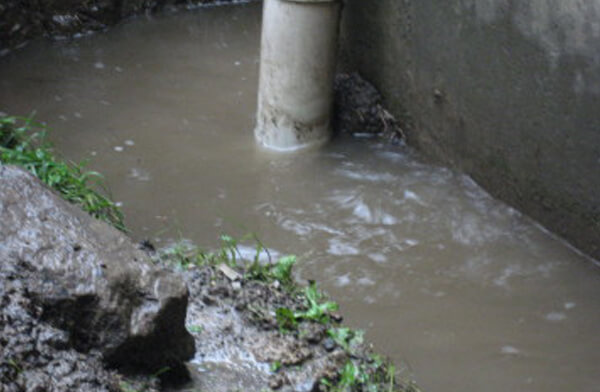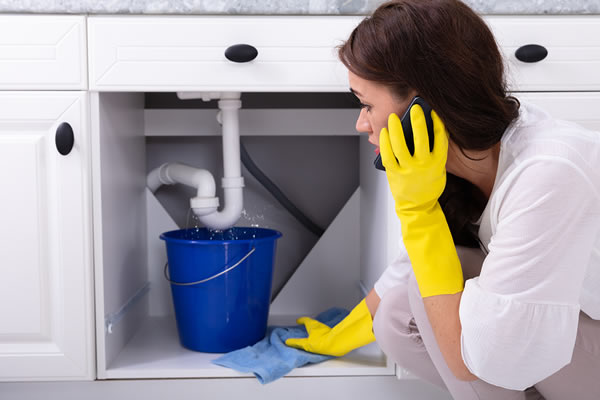This article down below about Detecting hidden plumbing leaks is especially attention-grabbing. You should investigate for yourself.

Early detection of leaking water lines can mitigate a prospective disaster. Aside from conserving you money, it will decrease the aggravation as well as stress. The moment you find a leakage, calling your plumber for fixings is the best remedy. Nevertheless, some small water leaks may not be visible. Below are some hacks that aid if you can not identify it with your nude eyes.
1. Check Out the Water Meter
Every home has a water meter. Inspecting it is a proven manner in which helps you uncover leakages. For starters, shut off all the water resources. Make certain nobody will flush, make use of the tap, shower, run the washing maker or dish washer. From there, go to the meter and also watch if it will transform. Considering that no one is using it, there ought to be no motions. That suggests a fast-moving leak if it relocates. Furthermore, if you detect no changes, wait a hr or 2 as well as check back once more. This indicates you may have a slow-moving leak that can even be below ground.
2. Examine Water Consumption
Examine your water costs and track your water usage. As the one paying it, you need to notice if there are any disparities. If you detect sudden changes, despite your consumption being the same, it indicates that you have leakages in your plumbing system. Keep in mind, your water costs need to drop under the very same range every month. An unexpected spike in your bill suggests a fast-moving leakage.
At the same time, a stable boost on a monthly basis, even with the exact same routines, reveals you have a slow-moving leakage that's likewise gradually rising. Call a plumber to thoroughly check your building, specifically if you really feel a warm area on your floor with piping underneath.
3. Do a Food Coloring Test
When it comes to water usage, 30% comes from commodes. If the color somehow infiltrates your dish during that time without flushing, there's a leak in between the container and dish.
4. Asses Outside Lines
Do not fail to remember to check your exterior water lines as well. Should water permeate out of the connection, you have a loosened rubber gasket. One small leakage can lose loads of water and also surge your water costs.
5. Examine and also Evaluate the Scenario
Homeowners must make it a behavior to check under the sink counters as well as also inside cabinets for any bad odor or mold and mildew development. These 2 warnings indicate a leak so timely interest is called for. Doing regular evaluations, also bi-annually, can save you from a major issue.
Inspect for stainings as well as weakening as a lot of pipes as well as home appliances have a life expectations. If you suspect leaking water lines in your plumbing system, don't wait for it to rise.
Early detection of leaking water lines can reduce a potential disaster. Some little water leakages might not be visible. Inspecting it is a guaranteed means that helps you discover leakages. One little leak can squander bunches of water and also increase your water costs.
If you presume dripping water lines in your plumbing system, do not wait for it to escalate.
Tips for Detecting Hidden Plumbing Leaks
Check for Signs of Water Damage
We recommend that you check the following places for evidence of water damage:
Near where you store your water heater
Around your sump pump
In areas where pipes are visible
Underneath cabinetry or a vanity beneath a sink
Where your outside hose bib isIf water damage is present, you may also notice mold and/or mildew or smell a foul or musky odor. You might also be able to hear the sound of water running where it shouldn’t be.
Perform a Water Meter Test
One of the easiest ways to determine whether you have a hidden leak on your property is to test your water meter. Turn off all appliances in that use water and make sure you don’t have any faucets running. Locate your water meter and record the reading on it. Continue to leave everything off for a minimum of two hours and then go back and see the meter reading. If it’s a noticeable difference, chances are you have a hidden plumbing leak.
Monitor Your Outside Usage
As the seasons change, you might use more water to keep your yard lush and green and your flowers blooming. However, it’s important to routinely ensure that your sprinkler or irrigation system is working properly and that any outside faucets are completely off. This way you’re not wasting any water.
Do the Toilet Food Coloring Test
Are you kept up at night because your toilet continues to run? If you’ve noticed your toilet randomly refills, especially when it’s not in use, it could mean you have a defective flapper tank and water will leak into the bowl. Fortunately, there’s an easy (and kind of fun!) way to test whether you’re dealing with this issue. Grab some food coloring and add a few drops into your toilet’s tank. Wait 15 minutes and then check to see whether the water in the bowl is colored. If it is, you have a leak within your toilet and the internal assembly will need to be repaired or replaced.
https://www.carterservices.com/blog/2020/february/tips-for-detecting-hidden-plumbing-leaks/

I hope you enjoyed our part on Leaking water lines. Thanks a ton for taking time to browse our posting. Remember to take the opportunity to distribute this blog entry if you appreciated it. Kudos for your time. Kindly visit our site back soon.